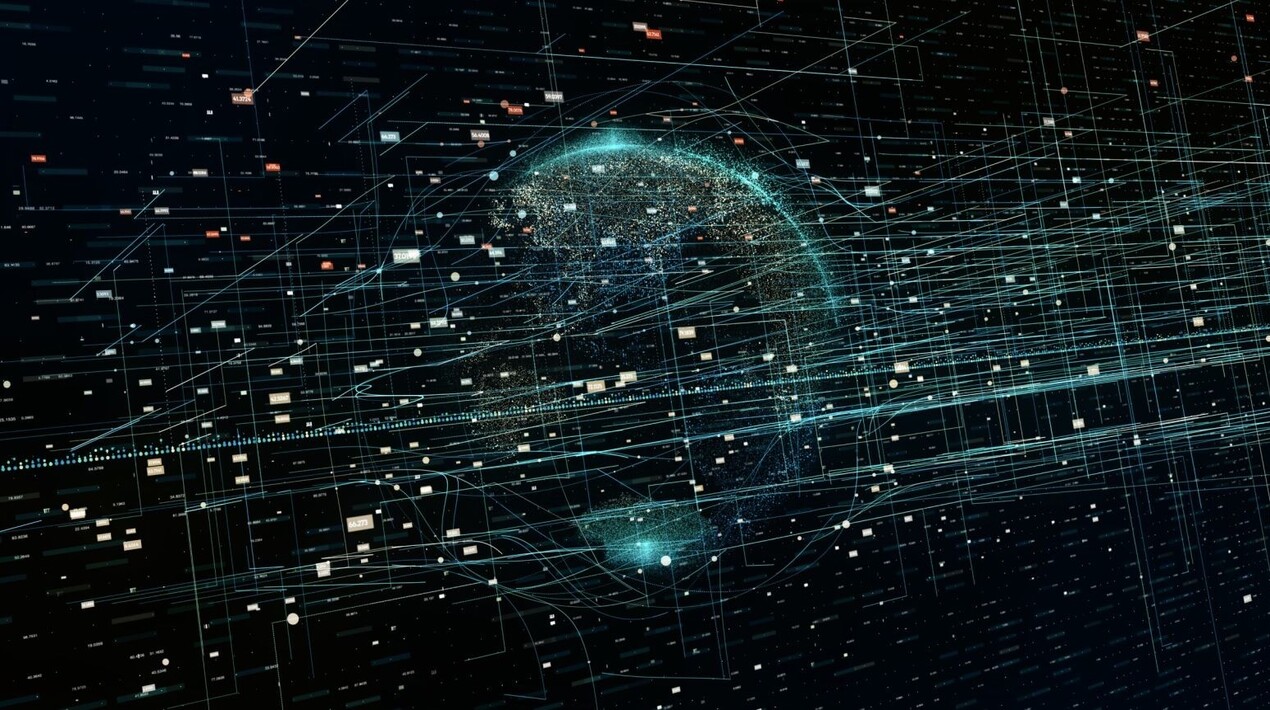
|
Getting your Trinity Audio player ready...
|
To accelerate digitalisation in coal mines, a group of robotics researchers from the Indian Institute of Technology, Roorkee (IIT-Roorkee) conducted tests in the open-cast mines of the Chhattisgarh-based Coal India subsidiary, South Eastern Coalfields Ltd (SECL). The team is working on developing drones for coal mines under its project, titled “Design and development of an intelligent unmanned aerial vehicle applied to open-cast minefield surveillance for real-time monitoring, hazards, and vulnerability assessment”.

Under the project, the team is creating a drone to address challenges associated with stock measurement in open-cast mines. Once developed, the drone will assist surveyors in measuring stocks of coal or overburden by sending it to various sections of the mine. At present, 3D TLS (Terrestrial Laser Scanning) technology is employed for measuring overburden and coal stock, but its scope is limited.
SECL mines will serve as the primary testing and development ground for drones, with SECL providing essential technical expertise on coal mines to support the research team in obtaining crucial data for the project. The I-Hub Foundation for Cobotics (IHFC), the Technology Innovation Hub of IIT-Delhi, will act as the funding agency for this undertaking.
The IIT-Roorkee team recently conducted drone tests in the Rajnagar coal mine in the Hasdeo area and visited the Amadand mine in the Jamuna Kotma area of SECL. The team successfully tested a drone produced in their institute’s laboratory.
Integrating drones into mining operations is poised to enhance both production and productivity while offering crucial logistics support. Drones can play a pivotal role in improving mine safety by monitoring slopes and assisting in blast observation.
They can help in accurately monitoring the movement of rocks and other materials during blasting in open-cast mines, allowing workers to take proactive measures to mitigate accidents. It also helps address false claims related to such incidents more effectively.
Furthermore, drones can also be employed to deliver goods to face machinery in mining operations. Additionally, in the event of accidents, drones can facilitate the delivery of essential items such as medicines or food to the personnel working on the face, ensuring timely support and aid.
As part of Coal India’s “Project Digicoal,” SECL is actively implementing various measures to digitise its mines. The deployment of numerous digital solutions in major projects like Gevra, Dipka, and Kusmunda is a key aspect of this initiative. The focus of these solutions is to improve worker safety, optimise mine surveys, enhance learning, and streamline management processes. They include:
- An emergency SOS device named “Suraksha Kavach” enables mine workers to call for assistance in the event of an emergency. It uses real-time location detection to enhance rescue operations.
- It uses drones for conducting surveys of mines and analysing mine topography, eliminating the need to physically enter risk-prone zones and enhancing safety measures.
- A technology-driven learning platform accessible to all, featuring modules covering the latest industry trends.
- The Land Acquisition Management System (LAMS), which is comprehensive digital solution designed for end-to-end workflow management. It includes features such as digital verification of land records, process mapping, and the generation of resettlement and rehabilitation (R&R) and compensation plans.
Last year, the government announced its plans to make India a hub for drone technology. It has been working to boost the demand for drone technology and services by implementing effective policies, for example, the Drone Rules, 2021, providing incentives through the Production Linked Incentive Scheme for drones and drone components, and creating indigenous demand.
















